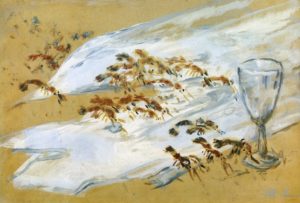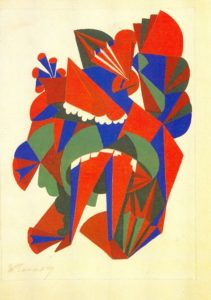Mikhail Larionov was born on June 3, 1881, Tiraspol (now the capital of Transnistria, before – Kherson province of the Russian Empire).
1881 - 1964
Mikhail Larionov
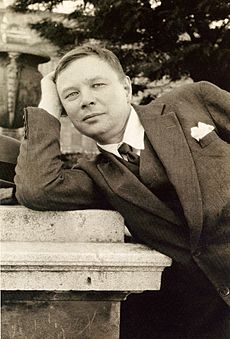
description
A Russian artist, decorator, graphic artist, one of the bright and active founders of the Russian avant-garde in its several directions. He worked in the styles of late Impressionism and Fauvism, Primitivism and Futurism, Rayonism, Surrealism.
The artist was born into a military paramedic’s family. Mikhail liked to paint from childhood and often returned to Tiraspol for summer sketches.
Larionov was the inventor and theorist of the style of “Rayonism”, which was recognized in the history of the world culture and was a forerunner and an integral part of the non-objective art, but existed mainly in Russia. Bright organizational talent manifested itself in the organization of famous groups “Jack of Diamonds” and “Donkey’s Tail”. As a decorator and costume designer, he worked in many productions of S. Diaghilev’s Russian Ballets.
In Paris, Larionov appeared as a graphic artist and as an outstanding theater artist. His sketches for decorations and costumes became independent works and were included in collections of museums and private collections, like “Lady with a fan”.
Whatever Larionov created, his living art has an amazing ability not to leave the viewer indifferent.
Key Ideas:
All the art of M. Larionov is permeated with the spirit of the experiment. And the frequent change of styles in his work reflects the entire dynamism of the arrival of innovative tendencies in Russia.
The early (until 1906) period is a whole series of impressionistic exquisite landscapes and still lifes that organically developed this picturesque style in line with the traditions of Levitan and Korovin. Among late impressionists, it is difficult to find a master more refined than Larionov. His subtle sense of tonality gradations and color gift were backed up by a direct live impression of nature – the artist spent the summer in Tiraspol, often painted in the open air.
Using the achievements of Post-impressionists and Fauvists, Michael focused on the active picturesque surface, used accent spots, clear lines and the pressure that will be inherent in Expressionism.
Experiencing a passion for naive art, the artist simplified forms to the limit, deprived the composition of the perspective, as in “The Soldier on a Horse.” And soon after this qualitatively new turn in the development of Primitivism, he began to completely destroy the usual ideas about the forms of objects. After the series “New primitive” with its clearly represented objectivity, the series named “Seasons” was created, where the artist came close to the simplification and generalization of the depicted, which was logically followed by Rayonism.
M. Larionov “outlives” almost entirely objective beginning, replacing it, by his definition, the life of nature itself with “the life of painting”. His Rayonism was figurative, where the image could be clearly read, and abstract, as on the cover of a book by A. Kruchenykh.
1881
1890
1902 - 1909
1910 - 1911
1912
1913 - 1914
1914 - 1917
1920 - 1930
1940 - 1950
1961 - 1962
1964
1980
The birth of the artist
The family moved to Moscow
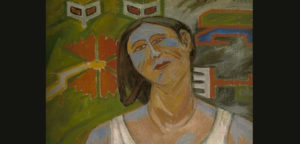
Participated in the Parisian Autumn Salon
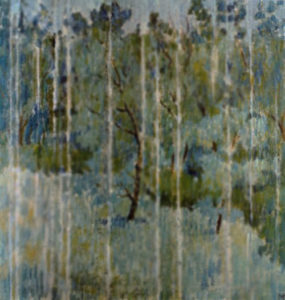
"The Jack of Diamonds"
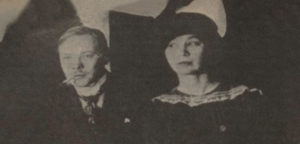
"Donkey's Tail"
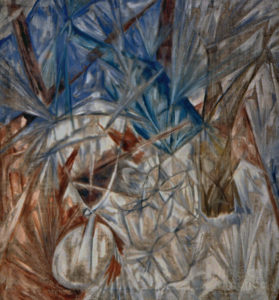
Actively participated in the organization of the exhibition "Target"
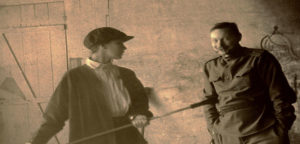
Was called up for the military service
Was called up for the military service with the outbreak of the First World War, but soon, having got wounded, he was commissioned and participated in the exhibitions of “Youth Union”, “Tram B” (1915), “Blue Rider” in Munich, Post-impressionists in London. After settling in Paris, he continued his cooperation with Diaghilev in Russian Ballets, creating costumes and scenery for such productions as “Midnight Sun” (1915), “Kikimora” (1916), “Russian Fairy Tales” (1917, together with Goncharova). Because of the revolution, he never returned to his homeland.
Acted as a choreographer and designed ballets "The Jester"

Developed already found ideas in painting and graphics without experimentation
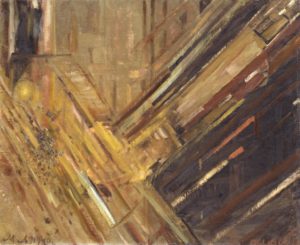
The Arts Council of England organized a large-scale exhibition of Larionov and Goncharova in London
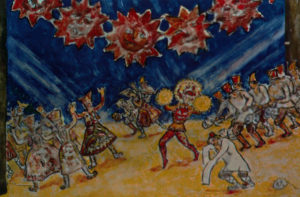
The death of the artist
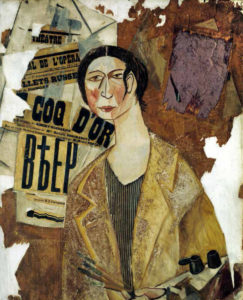
The personal retrospective exhibition
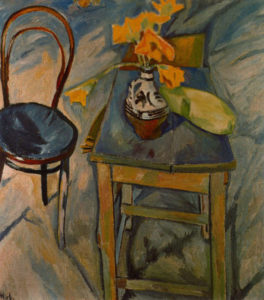
Mikhail Larionov
On Artist
flow
Impressionism
Post-impressionism
Fauvism
Cubism
friends
Henri Matisse
Georges Braque
Pablo Picasso
Vasily Kandinsky
artists
Paul Cezanne
Vincent Van Gogh
Paul Gauguin
Andre Derain
Isaac Levitan
Valentin Serov
Konstantin Korovin
Niko Pirosmani
By Artist
flow
Suprematism
friends
Vsevolod Maksimovich
Natalya Goncharova
artists
Kazimir Malevich
Mark Shagal
Michael Le Dantoux
Kirill Zdanevich
Sergey Romanovich
Billy Childish

